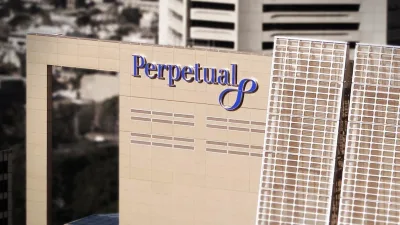Stable Australian equity dividends expected in FY2023–24: Ausbil



Despite market volatility, dividend yield outlook for financial year 2023 sits at around 4.4 per cent for the ASX 200, in line with the long-term trend of around 4.5 per cent a year excluding the benefit of franking credits, according to Ausbil.
Forecasts for FY2024-25 dividends for the asset class also look to be 4.4 per cent.
“When adjusted for franking credits (remembering that a dollar of franking credit is worth the same as a dollar of cash dividend to all Australian tax payers) the gross dividend yield rises to around 6 per cent a year,” explains Michael Price, portfolio manager of the Ausbil Active Dividend Income Fund.
He highlights the current three-year bank term deposit paying monthly is also around 4 per cent before tax.
Looking at sectors, biotechnology, and pharmaceuticals and software are offering low yield but higher dividend growth. In comparison, gold is looking at dividend contraction in 2024 while offering a low yield and consensus expects banks to resurge again.
“To make the most of what is on offer, it is possible to blend the benefits of higher yielding companies with those whose dividends may be lower but contain higher levels of growth through the construction of an active dividend income portfolio,” Price said.
He noted numerous reasons as to how an active portfolio approach to generate income can be possible.
“The first is that dividends are not just paid twice yearly, but there are dividend payments in almost all months,” he said.
“Through the activity of dividend rotation, which means pro-actively purchasing into stocks to receive their dividends, an active dividend income strategy can generate dividend income for investors each month.
“A simple ‘buy and hold’ strategy cannot maximise the spread of dividends and franking credits on offer across the calendar year. An active dividend strategy can find more dividends and more franking credits for investors across the year through dividend capture.”
Price continued: “Secondly, good dividend payers today may not be the good dividend payers in the future. For example, while banks dominated resources in the payment of dividends in 2019 and 2020, this began to swing in favour of resources in 2021, 2022 and 2023.”
The portfolio manager warns that high-yielding stocks may not be investing in future dividend growth, which means their future income streams could come from a declining business even as they pay out large amounts.
“The balance between yield and dividend growth is therefore crucial in generating more sustainable long-term income and total returns, comprising both growth and income,” Price said.
Recommended for you
Commentators have said Australian fund managers are less knowledgeable compared with overseas peers when it comes to expanding their range with ETFs and underestimating the competition from passive strategies.
VanEck is to list two ETFs on the ASX next week, one investing in residential mortgage-backed securities and the other in Indian companies.
Perpetual outflows have risen by 134 per cent from the previous quarter as the result of client mergers and rebalancing including $2.5 billion in outflows at Pendal Asset Management.
ClearBridge Investments has expanded investor access to its global infrastructure investment strategies through the launch of three active ETFs on the ASX.















